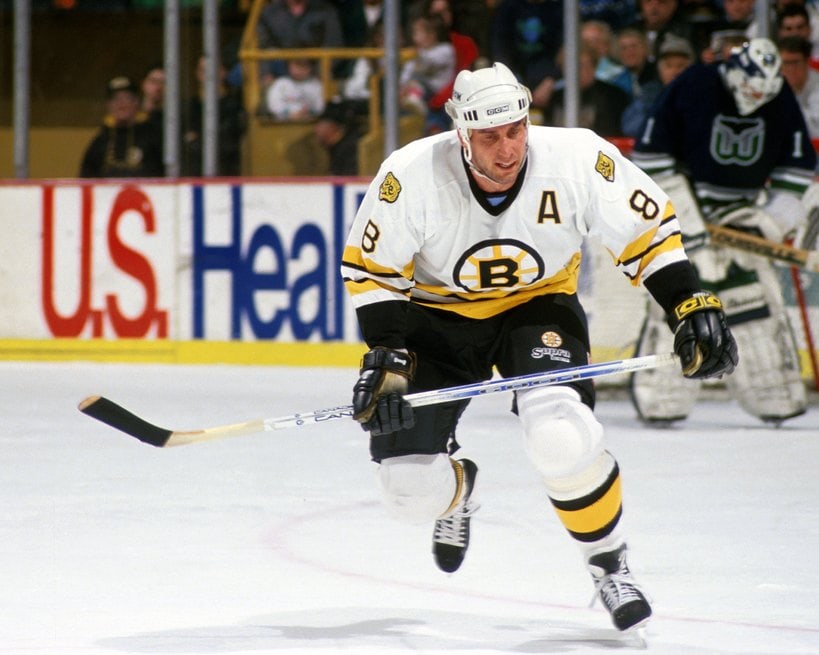

The June 6, 1986, trade between the Boston Bruins and the Vancouver Canucks, which sent Cam Neely and a first-round pick to Boston in exchange for Barry Pederson, remains one of the most lopsided deals in NHL history and continues to be a source of regret for Canucks fans. Revisiting this trade offers a chance to examine the circumstances that led to it, the immediate and long-term consequences for both teams, and the enduring legacy of Cam Neely in Boston.
At the time of the trade, Neely was a promising but not yet fully realized young player. Drafted ninth overall by Vancouver in 1983, Neely possessed a rare combination of size, skill, and toughness. However, he struggled to find his place in the Canucks' lineup, playing behind established veterans like Stan Smyl and Tony Tanti. In his three seasons with Vancouver, Neely showed flashes of potential, but head coach Tom Watt reportedly viewed his defensive game as underwhelming and preferred more experienced players. Neely himself admitted that he and Watt "weren't on the same page," leading to a decline in his confidence.
Meanwhile, the Bruins were looking to add a physical presence and offensive firepower to their roster. Barry Pederson, a former first-round pick, had shown promise early in his career in Boston, but shoulder injuries had raised concerns about his long-term potential. General Manager Harry Sinden saw an opportunity to acquire a player with Neely's unique skill set and made the deal on Neely's 21st birthday.
The trade had an immediate and profound impact on both teams. Neely flourished in Boston, receiving increased ice time and quickly establishing himself as a dominant power forward. In his first season with the Bruins, he scored 36 goals and 72 points, doubling his production from his final season in Vancouver. Neely's blend of offensive talent and physical play made him a fan favorite and a key component of the Bruins' success in the late 1980s and early 1990s. He went on to record three 50-goal seasons, was selected to multiple All-Star Games, and led the Bruins to two Stanley Cup Finals appearances.
Unfortunately, Neely's career was cut short by a severe hip injury, forcing his retirement in 1996 at the age of 31. Despite his shortened career, Neely left an indelible mark on the Bruins organization. His number 8 was retired by the team in 2004, and he was inducted into the Hockey Hall of Fame in 2005. Currently, Neely serves as the President of the Boston Bruins, a position he has held since 2010, and was instrumental in the Bruins' Stanley Cup victory in 2011.
The Canucks, on the other hand, did not fare as well from the trade. While Pederson had some initial success in Vancouver, his production declined, and he was eventually traded. The first-round pick that Boston acquired in the deal was used to select Glen Wesley, who went on to have a long and successful NHL career, including a Stanley Cup win in 2006.
The Cam Neely trade is a classic example of a deal that worked out spectacularly for one team and disastrously for the other. While it's impossible to know what Neely would have become had he stayed in Vancouver, it's clear that the Bruins provided him with the opportunity and environment to reach his full potential. For Canucks fans, the trade remains a painful reminder of what could have been, a symbol of missed opportunity and a turning point that altered the course of both franchises. The legacy of Cam Neely in Boston extends beyond his playing career, as he continues to shape the Bruins' organization as its president.